Last Updated on August 22, 2025
Table of Contents
A new wave of concern is spreading across parts of the Midwest as law enforcement, public health officials, and addiction recovery centers issue urgent warnings about “purple fentanyl”. This variant—fentanyl adulterated with lidocaine, a local anesthetic—has proven resistant to Narcan (naloxone), the life-saving opioid overdose reversal medication. First identified in Omaha, Nebraska, and now in Johnson County, Missouri, purple fentanyl is alarming due to its intensified effects and failure to respond to conventional emergency treatment.
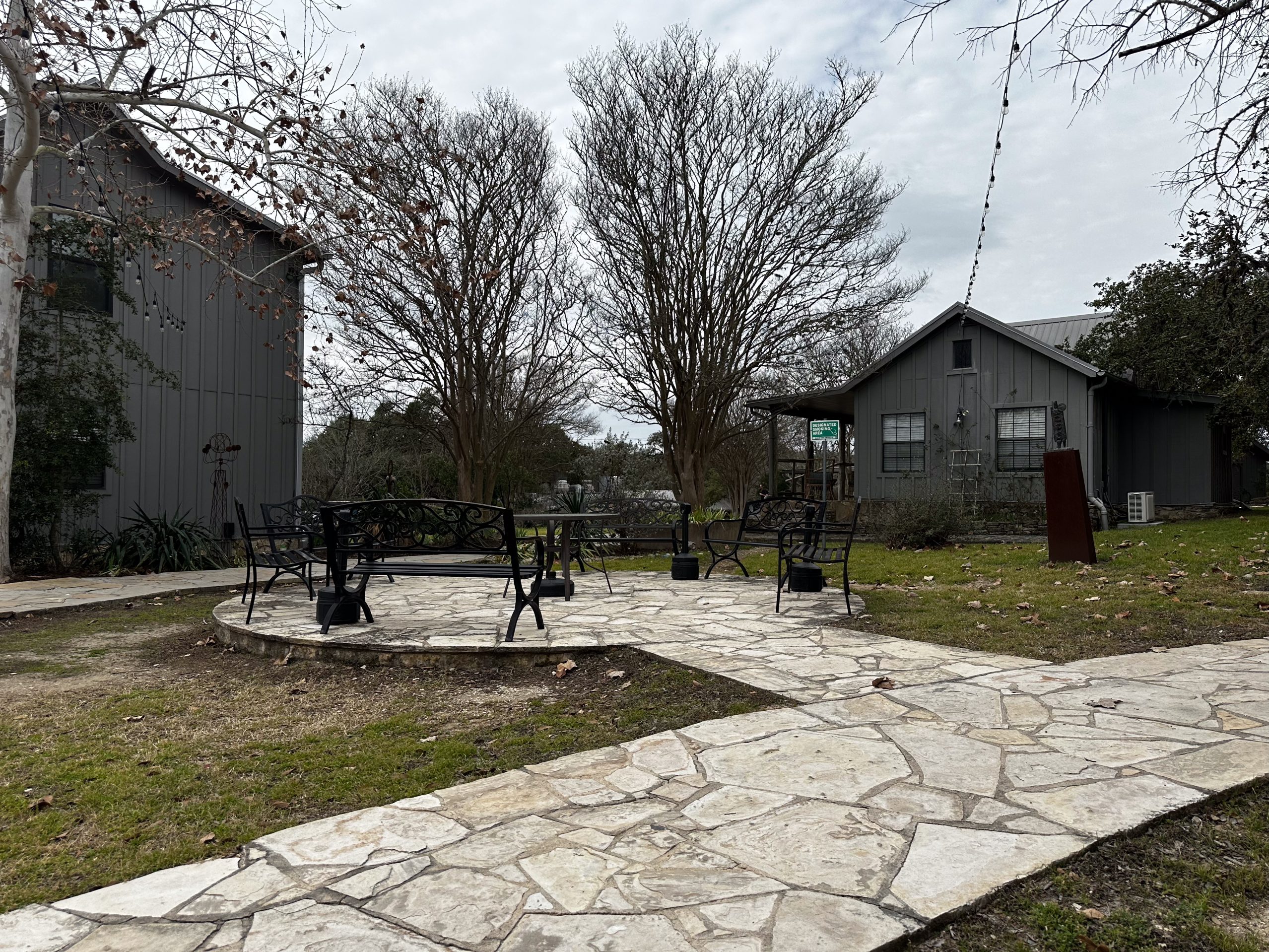





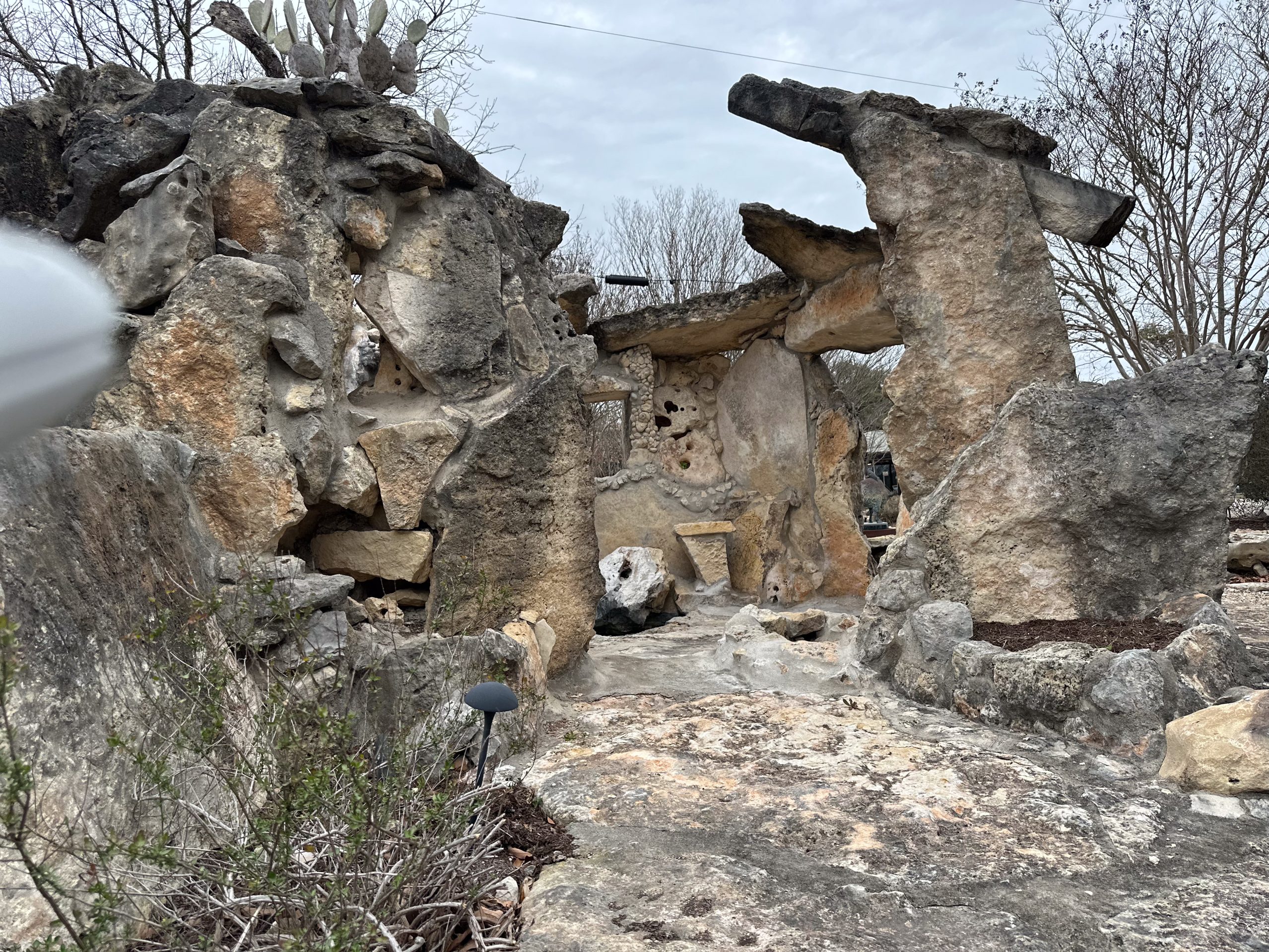
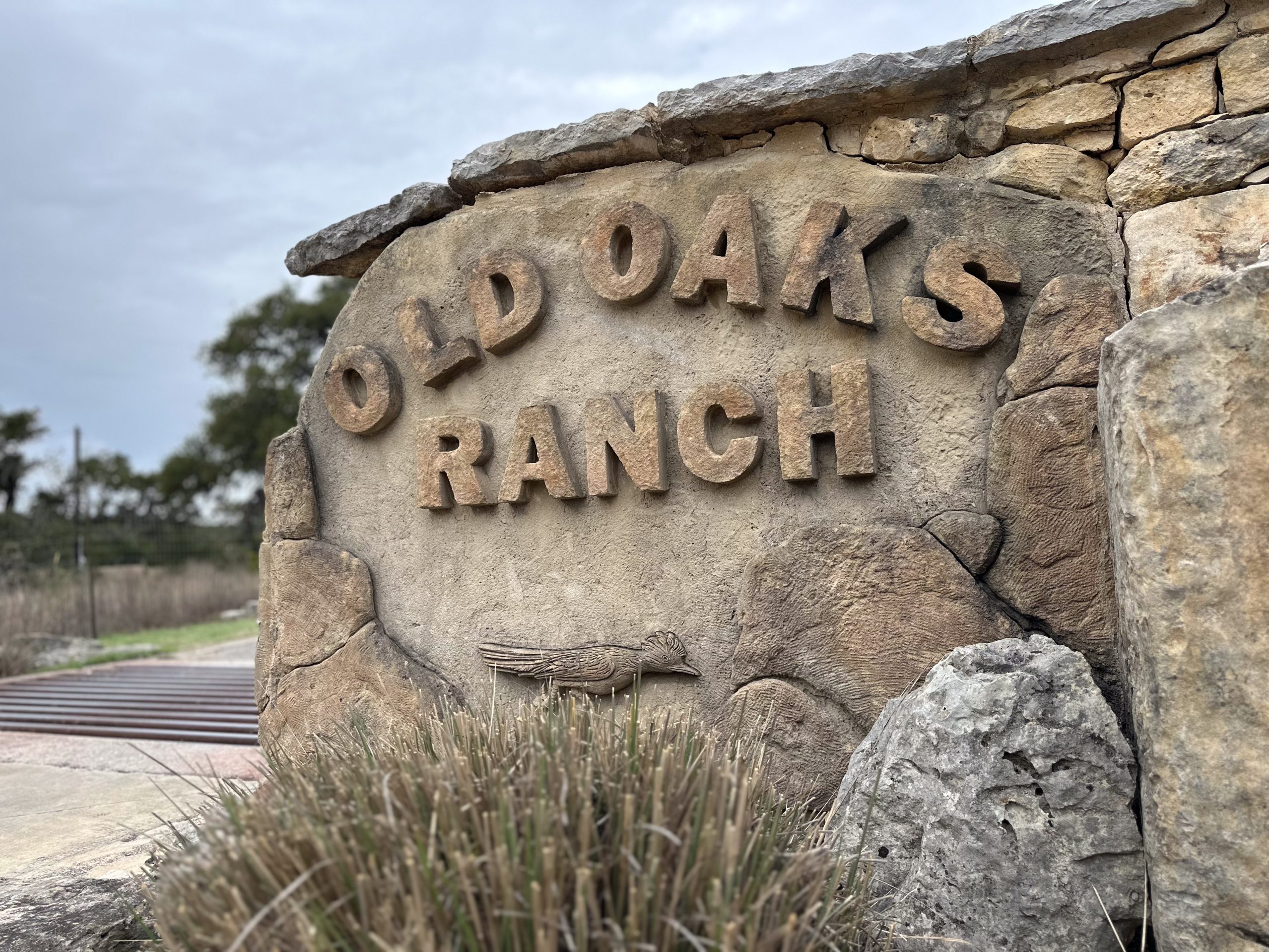
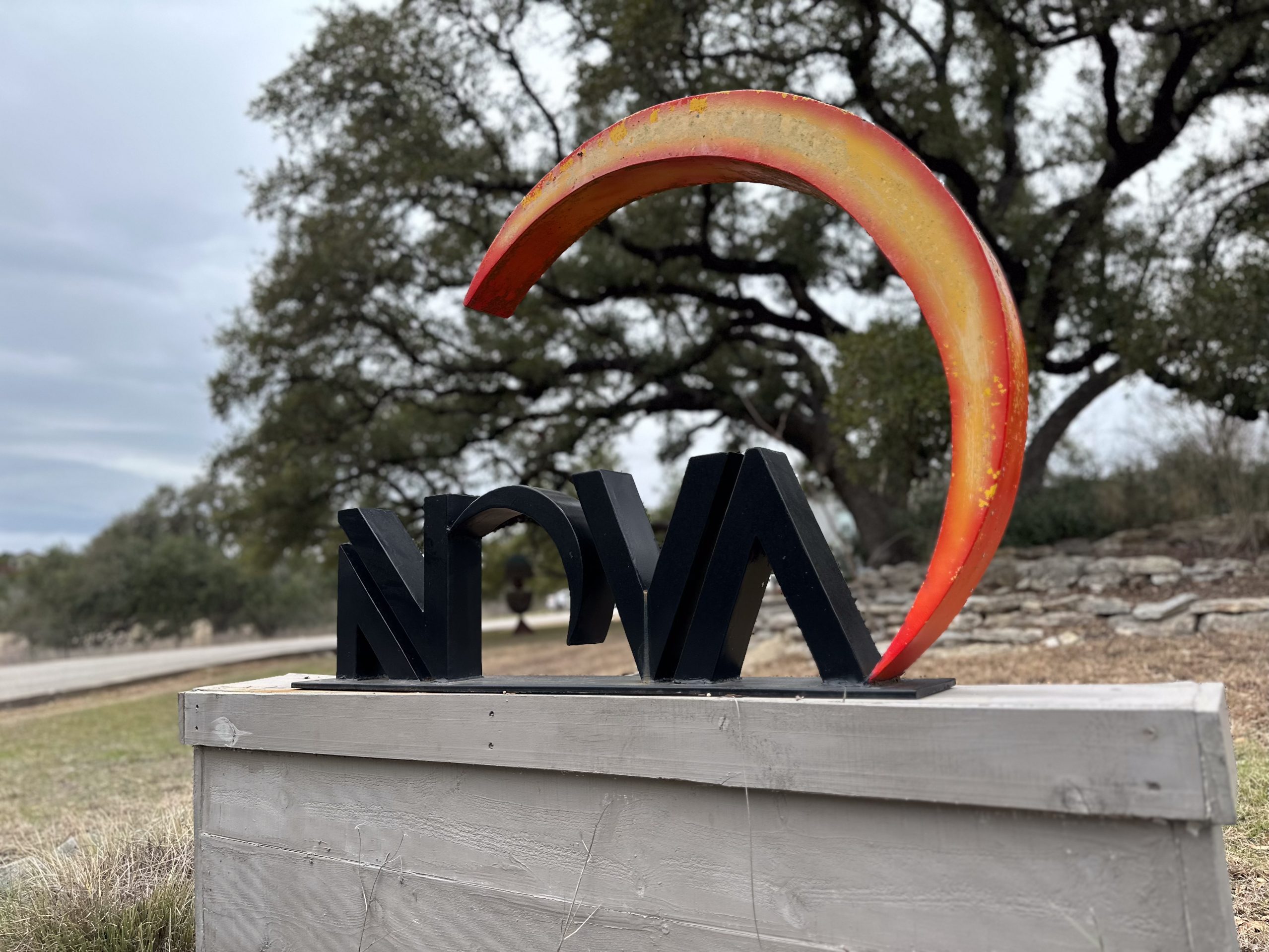
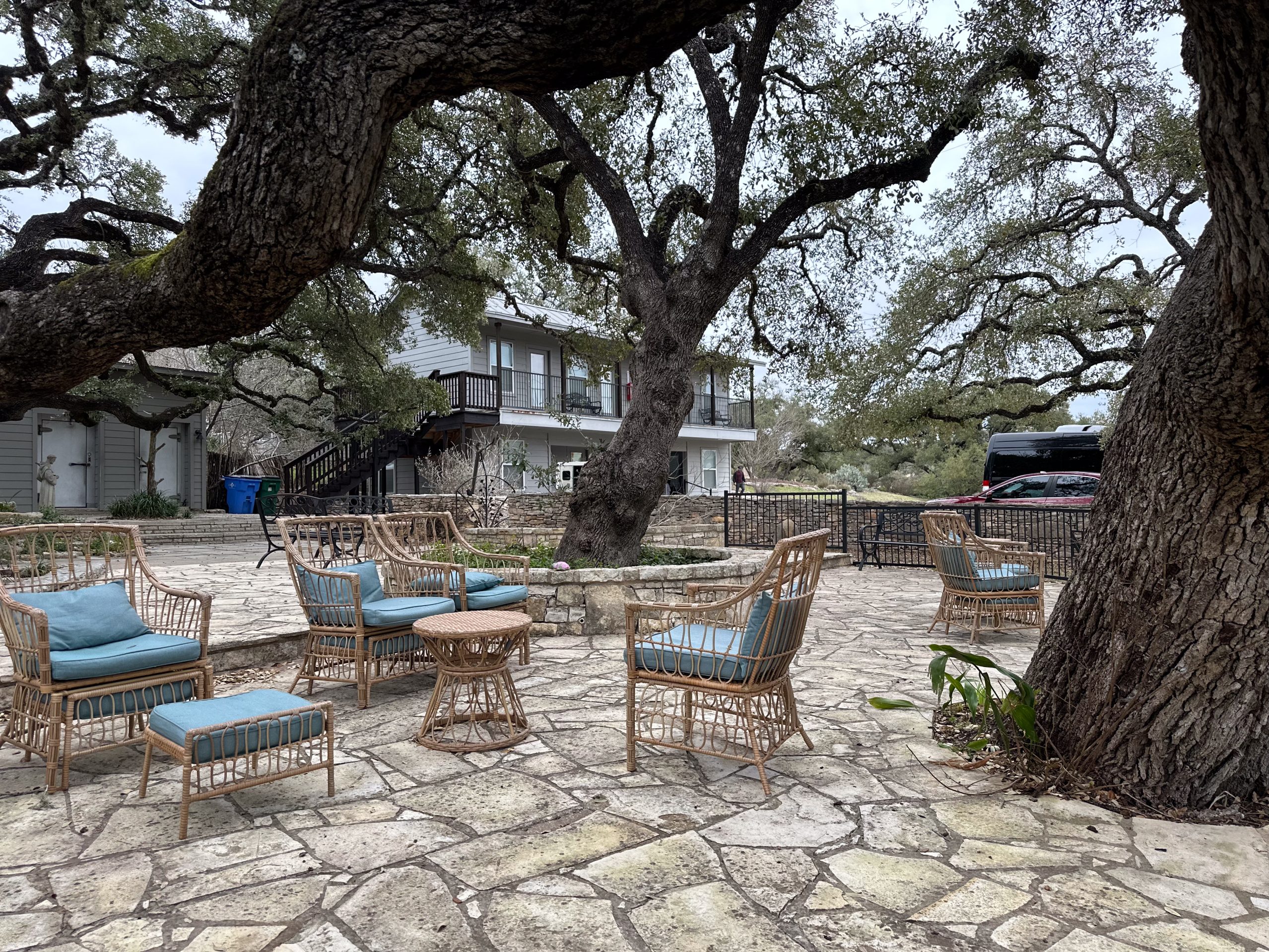
What Is Purple Fentanyl?
According to Omaha police and DEA officials, the mixture combines fentanyl—an extremely potent synthetic opioid—with lidocaine, which enhances the drug’s potency and makes overdoses more dangerous and Narcan-resistant.
Authorities believe the distinctive purple coloring isn’t accidental—it’s likely a deliberate marketing tactic by drug cartels to make the substance visually striking and appealing/
Locations & Law Enforcement Alerts
Omaha, Nebraska
Omaha Police issued a public warning after seizing this lethal mixture. It is the first time they’ve encountered fentanyl with lidocaine locally. Because lidocaine is not an opioid, Narcan cannot reverse its effects, complicating life-saving efforts.
Johnson County, Missouri
Shortly after Omaha’s alert, Missouri’s Johnson County Sheriff also warned of purple fentanyl in the Kansas City area. Their lab confirmed fentanyl mixed with lidocaine—again highlighting potential resistance to Narcan
Freedom Starts Here. Take Back Your Life Today.
Same-Day Admissions in Austin Available.
Public Health Implications
Life-saving interventions hindered: Because lidocaine isn’t affected by naloxone, overdoses from purple fentanyl may not fully reverse even with Narcan. Additional doses might help but are not always sufficient.
A new overdose risk: The added anesthetic can deepen sedation, suppress breathing further, and elevate the danger magnitude.
Increased urgency in public education: Recovery centers and health agencies warn: fentanyl variants like this underscore the need for more widespread Narcan distribution, training, and first-aid preparedness
What You Should Do—Community Safety Steps
Always attempt Narcan in suspected overdose—even if purple fentanyl is involved, partial reversal may buy vital time.
Call 911 immediately and clearly mention “purple fentanyl” or if Narcan isn’t producing an expected response.
Know your local Good Samaritan laws—in Nebraska, for instance, callers are shielded from prosecution when reporting overdoses.
Carry Naloxone and educate others—recovery centers report heightened demand among parents and college students afraid of this emerging threat.
Stay alert to color-coded pills or powders and treat them as potentially deadly until tested.
Broader Context—Fentanyl’s Evolving Threat
Colored fentanyl is part of a disturbing trend: Since 2022, the DEA has warned of rainbow or colored fentanyl, believed to be a branding tactic to draw in younger or unsuspecting users.
Fentanyl remains the leading cause of overdose deaths: In 2024, over 48,000 Americans died from fentanyl-related overdoses—a figure that continues to climb.
What This Means for Treatment and Recovery
Expand Narcan access: Emergency kits should be stocked, even if they may be only partly effective.
Training is critical: First responders and bystanders need to recognize when Narcan doesn’t reverse an overdose and persist with CPR and further medical intervention.
Public awareness campaigns: Sharing knowledge about purple fentanyl through social channels, campus safety pages, and addiction support networks can save lives.
Advocate for updated protocols: Health agencies must update overdose response procedures to incorporate scenarios where Narcan isn’t sufficient, emphasizing comprehensive supportive care.
What is “purple fentanyl”?
It’s fentanyl mixed with lidocaine, often colored purple—used by traffickers as a marketing tactic. It’s particularly dangerous because it’s resistant to Narcan.
Why doesn’t Narcan reverse purple fentanyl overdoses?
Because lidocaine, a local anesthetic added to the mix, is not an opioid and therefore not reversed by naloxone (Narcan).
Where has purple fentanyl been found in the U.S.?
It was first reported in Omaha, Nebraska, and later in Johnson County, Missouri.
What should you do if someone overdoses on purple fentanyl?
Administer Narcan immediately, call 911, continue CPR if needed, and inform responders of suspected purple fentanyl involvement.
Is colored fentanyl a growing trend?
Yes—DEA and law enforcement have warned for years about colored or “rainbow fentanyl,” often used to attract new users, particularly younger individuals.


